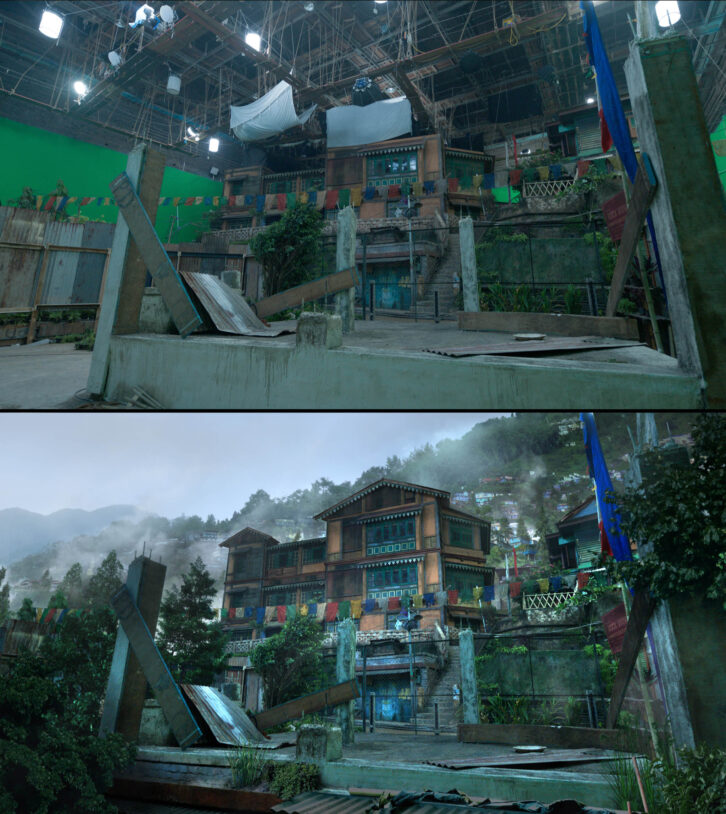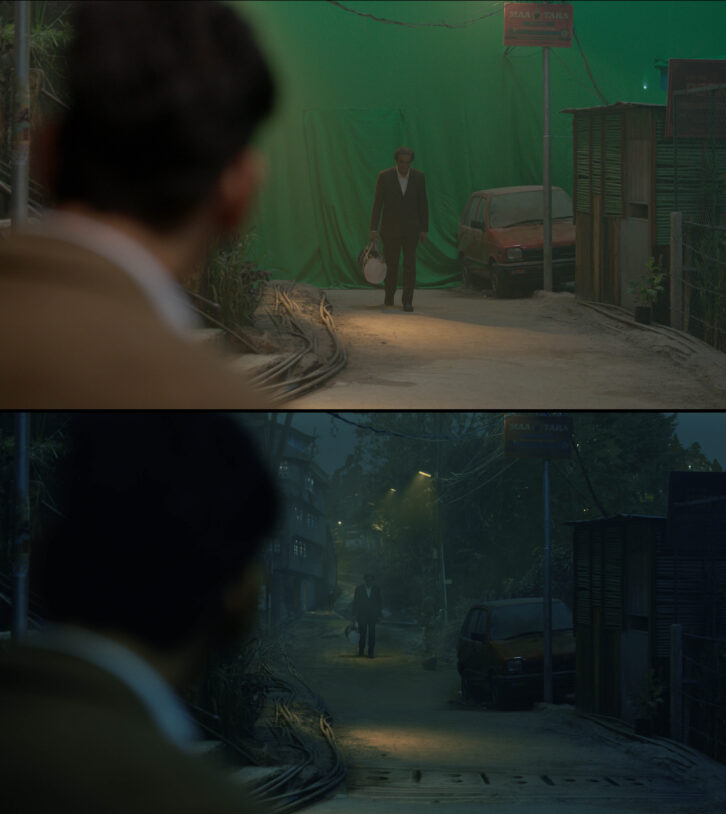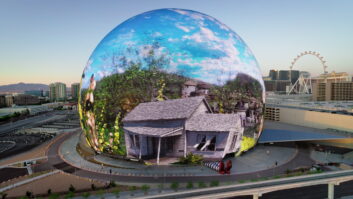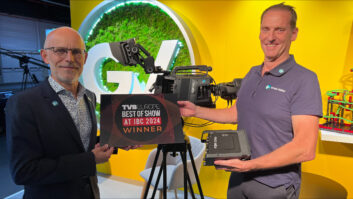Sujoy Ghosh is renowned for his distinctive storytelling style, skillfully entwining suspense and mystery while often spotlighting strong female leads. His latest success, Jaane Jaan (My Dear Beloved), an Indian Hindi mystery thriller, is an adaptation of Keigo Higashino’s novel The Devotion of Suspect X. Starring Kareena Kapoor Khan as a single mother entangled in a murder, the film is produced by 12th Street Entertainment, Northern Lights Films, Kross Pictures, and Balaji Motion Pictures.
Between September 18th and 24th, 2023, it became Netflix’s top non-English film, amassing 8.1 million views and 18.8 million viewing hours in its opening weekend, setting records for Indian cinema.
The VFX shots were used to create a captivating narrative set against the stunning landscapes of Darjeeling and Kalimpong. FutureWorks stepped in last minute yet delivered over 1,100 VFX shots for the film.
“Our success in managing the late entry into the Jaane Jaan project during the editing stage was attributed to their proactive approach and constant communication,” explains VFX supervisor Vinay Chuphal. “The creative and production teams maintained regular contact with the director and editorial department. They actively engaged in the post-production process by watching the edit multiple times and directly receiving briefs from the director. This hands-on involvement allowed FutureWorks to thoroughly understand the creative requirements of the project. By being closely aligned with the director’s vision, the team could identify potential creative and technical challenges early on. This proactive communication and collaboration helped in mitigating confusion and streamlining the integration of FutureWorks’ workflow into the existing project seamlessly. In essence, the close connection between us and the project’s creative and editorial stakeholders facilitated a smooth transition, ensuring that the late entry did not hinder the overall post production process of the film.”

With 60 per cent of shots filmed on green screen sets, Chuphal elaborates on the decision-making process behind using Digital Matte Paints for green screen compositing and how this choice contributes to the overall visual aesthetic of the film.
“We chose to use Digital Matte Paints for the green screen composites because it’s an incredibly practical alternative to shooting on location,” Chuphal continues. “It allowed us to digitally craft environments that precisely met the director’s creative vision. It’s a much more time, cost, and creatively effective solution for filmmakers. The film is often set against a dark and foggy backdrop, and this aesthetic would have been difficult to achieve on-set, especially as on-set fog messes with the clarity of the green screen, making the keying process really unworkable.”
Considering the collaboration with the director, production designer, and director of photography, the VFX team faced a number of key hurdles in aligning the project’s vision. Chuphal explains how the primary challenge during post production was aligning the vision of the director and the production designer. “Later, we enlisted the production designer’s help to guide us through the plan he had made,” he adds.
“This assistance enabled us to understand the entire plan and the geography of the location where the film took place. The on-set supervisor had specific and demanding requirements. Despite initial challenges, as the output started to materialise, it became evident that meeting these high standards was crucial for the project’s success. One specific technical challenge faced by the team was the use of fog during shooting against the chroma backdrop. The presence of fog can complicate the process of keying the foreground elements from the background. However, since most shots were captured in a similar location, we were able to leverage consistency in the environment to our advantage.”
FutureWorks also leveraged Autodesk Maya for creating 3D models in the outdoor market shots. There were specific challenges encountered in extending the set in post production to make it appear larger than the physical set. The team used Digital Matte Paints, but for main outdoor market shots where more detail was needed, it created 3D geometry models in Maya. Final compositing was completed in Nuke, using the software’s 2.5D techniques to get the correct perspective change in moving cameras. This allowed for the creation of depth and parallax, giving the set and environment a more realistic look.
“Foundry’s Nuke was used to composite the final shots,” says Chuphal. “We performed a 2.5D projection of the matte painting using the camera tracking provided by the matchmove department to achieve the perfect match move of our digital matte painting with the actual shot, maintaining the parallax and depth of field appropriately.”

The decision to generate fog elements in Houdini rather than on-set adds an interesting layer to the visual storytelling. With that in mind, what were the considerations behind this choice, and how did FutureWorks address the challenge of maintaining continuity in fog intensity throughout the scenes?
“This draws back to the green screen decision,” he adds. “Compositing the fog against a digital environment allowed for all-round consistency – especially with lighting. Maintaining this level of aesthetic consistency would have been time and budget-consuming if produced on-set.”
Considering “the commitment to continuous improvement”, Chuphal explains specific lessons FutureWorks learned from past experiences and how these lessons have been implemented in subsequent projects to enhance the team’s efficiency and problem-solving capabilities.
“The project Jaane Jaan served as a valuable learning experience, teaching us how to confront challenges with a calm and strategic approach, particularly given the project’s tight deadline,” he continues. “The necessity to efficiently manage the short delivery time compelled us to develop a methodical and composed way of addressing issues. This experience became a cornerstone for us, providing valuable insights and skills that proved instrumental in navigating and overcoming challenges in subsequent projects. The lessons learned during Jaane Jaan enabled us to approach future endeavors with a heightened level of readiness and adaptability, ensuring that we could effectively handle any demanding situations that arose.”
Jaane Jaan is available on Netflix.







